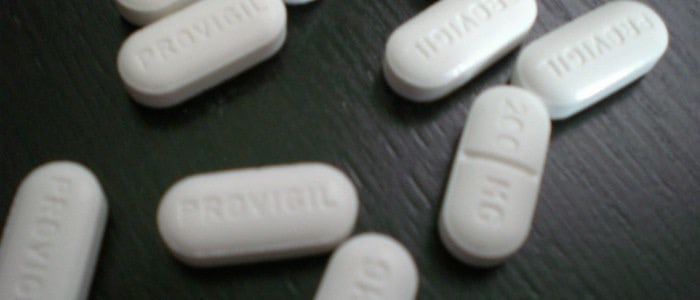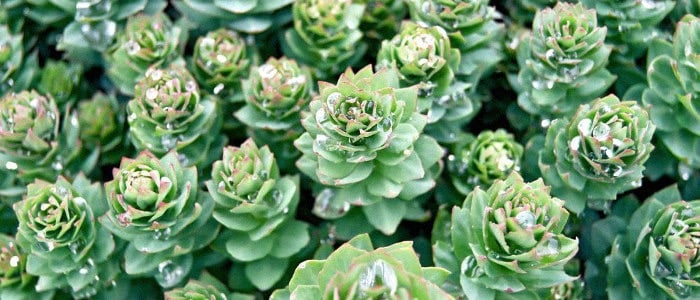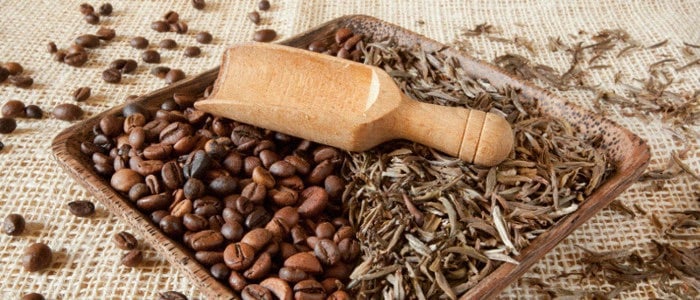Table of Contents
With more and more of us using nootropics, it’s essential to understand what we’re putting in our bodies. More specifically, what ingredients go into these supplements? This is something we should all know to both use and to review nootropics.
With that in mind, let’s take a more in-depth look into what some of the world’s favorite smart drugs are made of.
What Qualifies Something as a Nootropic?
To understand what goes into a nootropic, it’s first necessary to define what a nootropic is. What substances can be classified into this category?
There are several different criteria that a compound must meet to be considered a nootropic.
First and foremost, it must work as a cognitive enhancer. This means it has to improve functions like memory, learning, or concentration.
Smart drugs should also help the brain function when it is difficult to do so. For example, Noopept and phenylalanine are great for helping with anxiety. Other options might help individuals with ADHD or help you focus when tired.
Nootropics are also weighted by how well they can protect the user from injury. This is something many bodybuilders who use them take advantage of.
Something else nootropics should do is help with cortical and subcortical control.
Last but not least, nootropic supplements must stand out pharmacologically from traditional psychotropic drugs. In other words, they should have far fewer side effects than a psychoactive drug would.
Common Ingredients in Nootropics
Now that you understand precisely what a nootropic is let’s take a closer look at the active ingredients of some of the most popular options.
Modafinil
Modafinil is a well-known wakefulness-promoting agent. According to the Federal Drug Administration (FDA), this wakefulness can be partially in thanks to prazosin, the α1 -adrenergic receptor antagonist.((Paul Gerrard, Robert Malcolm. Mechanisms of modafinil: A review of current research. Neuropsychiatr Dis Treat. (2007) Jun; 3(3): 349–364))

The primary mechanism through which modafinil ensures wakefulness is its interaction with dopamine.
However, unlike other wakefulness-promoting agents, it isn’t considered to be either a direct or indirect-acting dopamine receptor agonist. Instead, it attaches itself to a dopamine transporter and inhibits its uptake.((Nora D. Volkow, et al. Effects of Modafinil on Dopamine and Dopamine Transporters in the Male Human Brain: Clinical Implications. JAMA. (2009) Mar 18; 301(11): 1148–1154))
Noopept and Phenylpiracetam
Noopept is a rather strong nootropic that can be very helpful to many. It helps with learning aspects such as memory, recall, and information retention. Additionally, it enables you to find the motivation to work harder while helping you think faster.
It also has neuroprotective properties when it comes to memory.((Ostrovskaya RU, et al. Neuroprotective effect of novel cognitive enhancer noopept on AD-related cellular model involves the attenuation of apoptosis and tau hyperphosphorylation. J Biomed Sci. (2014) Aug 6; 21:74))
Noopept depends on neuropeptides to get its work done.((Froestl W, Muhs A, Pfeifer A. Cognitive enhancers (nootropics). Part 2: drugs interacting with enzymes. J Alzheimers Dis. (2013) 33(3): 547-658.)) This is also the key to phenylpiracetam, the weaker cousin of Noopept.
The problem with these neuropeptides in phenylpiracetam is that when the substance is taken orally, they break down quickly in the gastrointestinal tract.
So, what makes Noopept different? The neuropeptides in Noopept are double and triple-bonded peptides((TA Gudasheva, et al. Synthesis and antiamnesic activity of a series of N-acylprolyl-containing dipeptides. European Journal of Medicinal Chemistry. (1996) 31(2):151-157)) which means they have a transporter called PepT1 that phenylpiracetam lacks. With this, they can make it through the gastrointestinal tract quite easily and reach the blood and brain faster.
Rhodiola Rosea
Not every nootropic is something created in a lab. Some come from the perspective of traditional, natural medicine. However, it’s just as important to understand what makes these nootropics tick as it is for their more designed counterparts.
One of the most touted herbal nootropics is Rhodiola Rosea.

This compound has a variety of uses from increasing energy and motivation to improving mental capacity.((Sana Ishaque, et al. Rhodiola rosea for physical and mental fatigue: a systematic review. BMC Complement Altern Med. (2012) 12: 70)) It is also classified as an adaptogen. This means that it helps reduce stress.
The entire Rhodiola Rosea plant is not used. What you take is the root. This is why some refer to this nootropic as the “golden root” or “arctic root.”
Rhodiola Rosea can be found in the colder, more mountainous regions of Europe and Asia. In North America, it grows in Alaska.
It isn’t a new remedy either. It has been mentioned as far back as the first century AD and has made its way into medicinal use in France, Greece, Russia, Iceland, and Sweden.
Caffeine
This entry is a little backward as this nootropic is actually itself a common ingredient. Caffeine is often used to find that little extra energy and motivation.((Simone Cappelletti, et al. Caffeine: Cognitive and Physical Performance Enhancer or Psychoactive Drug? Curr Neuropharmacol. (2015) Jan; 13(1): 71–88)) It’s being addressed here, though, because where caffeine is found matters.

When you depend on soda, coffee, and energy drinks for caffeine, the intake isn’t as controlled as it should be. This is why your morning coffee might make you more anxious or give you the jitters. Taken this way, caffeine’s interaction with other nootropics may also yield less than optimal results.
There are places where nootropics users can find more controlled and reliable sources of caffeine. For instance, Yerba mate (another herbal nootropic) provides as much caffeine as coffee in a form your body can better process. It will give you the same mental attention as coffee but also help you stay relaxed at the same time.

Leave a Reply